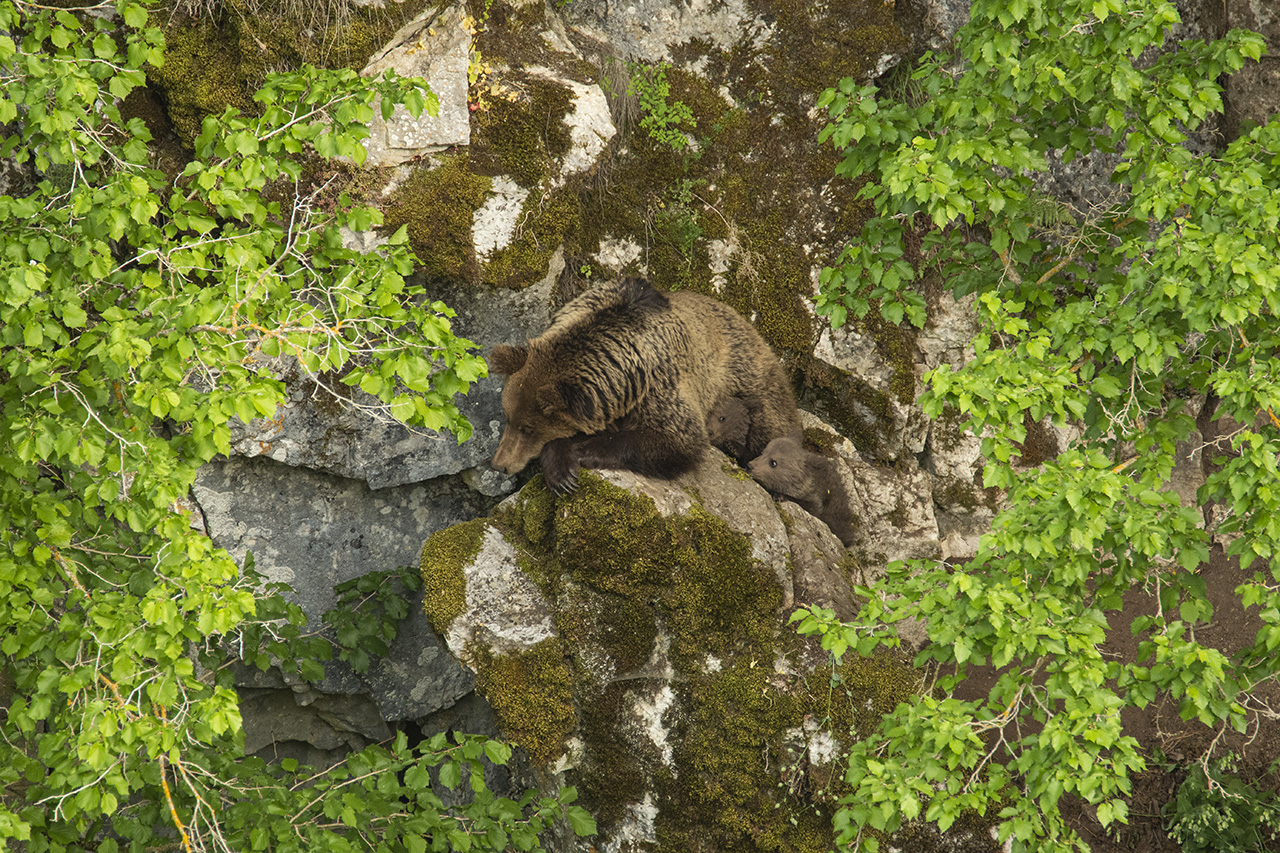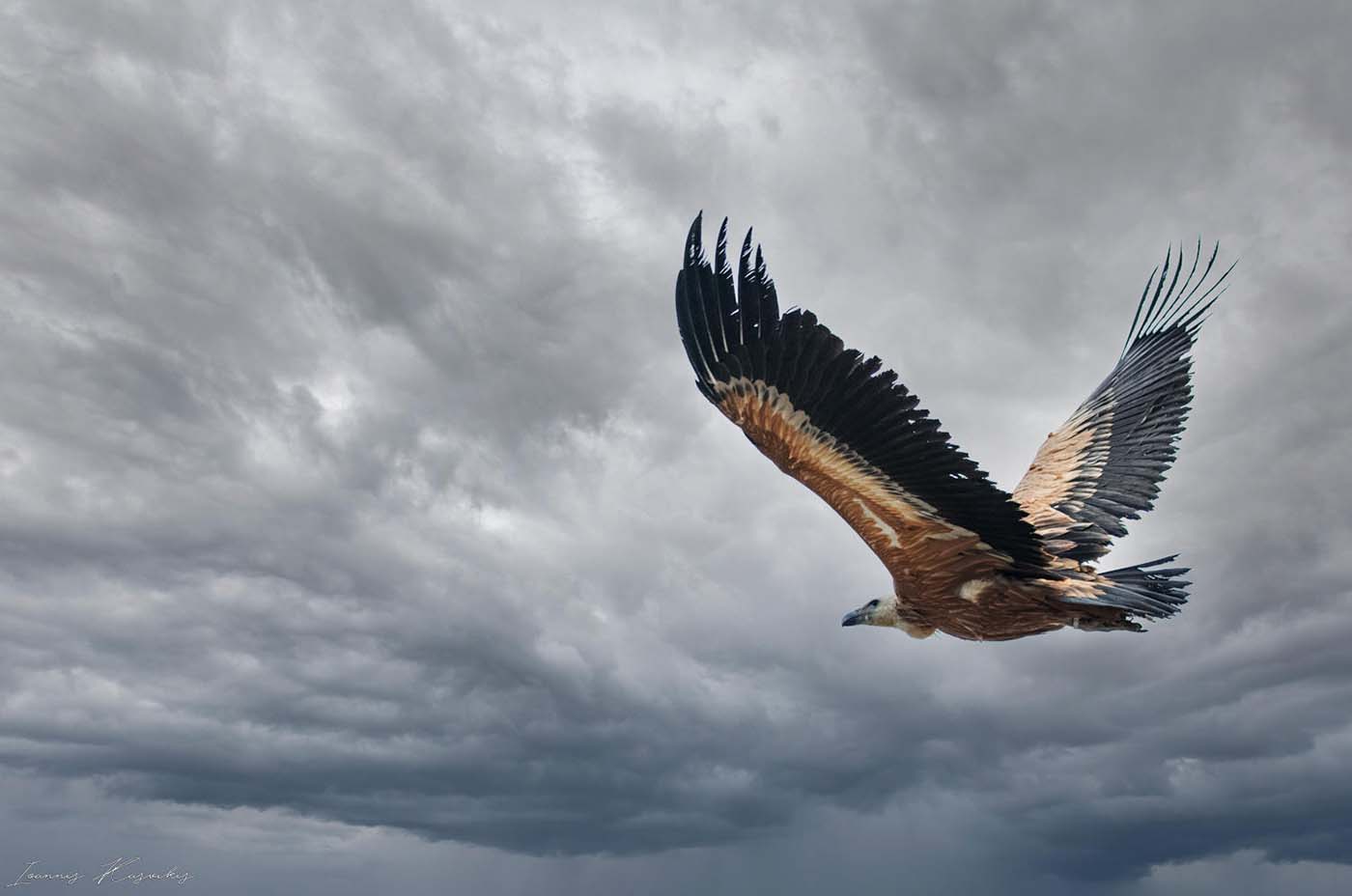- Genetic diversity, referring to the variety of genes within a particular species, variety or breed. It represents the variation in the amount of genetic information within and among individuals of a population, a species, an assemblage, or a community.
- Species diversity, referring to the number and variety of species found in a given area in a region. It represents the number of species found in an ecological community, their abundance, and their distribution.
- Ecosystem diversity, referring to the number of ecosystems in a certain area. It represents the variety of different habitats, communities and ecological processes that occur within a larger landscape and takes into account both biotic and abiotic properties.
The protection of each level depends on the protection of the previous or next level. Thus, protection and conservation of landscapes depends on the protection and conservation of the diversity of ecosystems that compose them. Similarly, the stability of ecosystems depends on the protection and conservation of the species that comprise them. In its turn, the protection and conservation of species diversity and species survival depends on the conservation of their genetic diversity.
The sheer number and diversity of modern life forms on Earth is the result of hundreds of millions of years of evolutionary history. Owing to evolutionary processes, biodiversity fluctuates. The emergence of new genes in a population, new species in a biological community and / or new types of ecosystems in the biosphere increases the biodiversity of the population, the community and ultimately, the planet. Similarly, a decrease in the genetic diversity of a population, the extinction of a species and/or the alteration, simplification in the composition of an ecosystem respectively reduces the overall biodiversity.
Greece is a Mediterranean country with exceptional biological wealth. Though a predominantly mountainous country (66%), it simultaneously has a strong island character (9,800 islands, 18,400 km of coastline). The country’s geographical location, complex geography, geological and soil diversity, the heterogeneity of its landscape and the impressive coexistence of various microclimatic conditions explain Greece’s high degree of endemism and high biodiversity value. The flora of Greece consists of approximately 5,752 species (6,600 classes), 22% of which are endemic (1,278 species), while an additional 503 classes of multicellular algae and 750 classes of mosses have been recorded. The fauna of Greece is estimated at around 50,000 species, numbering over 24,731 species of invertebrates and 1,273 species of vertebrates (630 fish, 22 amphibians, 64 reptiles, 442 birds and 115 mammals), with a degree of endemism of more than 16%.
At the national level, the most important legislation for the conservation of biodiversity includes Law No. 3937/2011 “On the Conservation of Biodiversity” and the “National Biodiversity Strategy and Action Plan ” (Ministerial Decision No. 40332/2014).
The country’s progress in the field of nature conservation and biodiversity is measured using indicators. These include 4 of the 17 United Nations Agenda 2030 Sustainable Development Goals (SDGs), 8 of the 20 Aichi Goals, 4 of the 6 goals of the European Biodiversity Strategy and 6 of the 13 goals of the National Biodiversity Strategy.
More information here:



